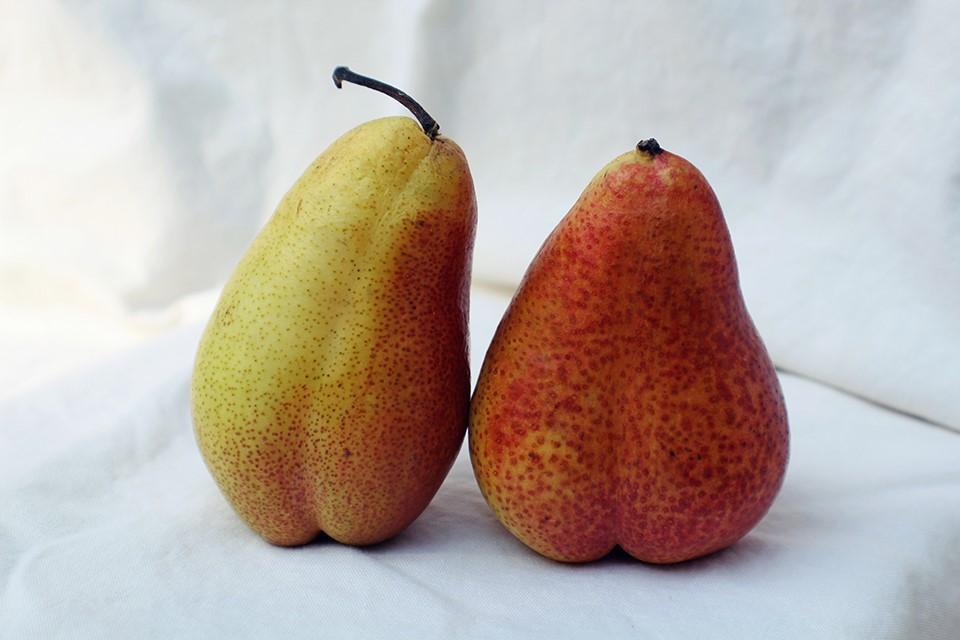Epididymal cyst
Peer reviewed by Dr Toni Hazell, MRCGPLast updated by Dr Colin Tidy, MRCGPLast updated 2 Oct 2024
Meets Patient’s editorial guidelines
- DownloadDownload
- Share
- Language
- Discussion
In this series:Scrotal lumps, pain and swellingTesticular torsionEpididymo-orchitisVaricoceleHydrocele in adultsHydrocele in infants
An epididymal cyst is a harmless fluid-filled growth on a man's testicle (testis). They are quite common and don't usually require treatment.
Many men feel them and are concerned that they have testicular cancer, but a doctor can usually tell the difference by examination and/or using an ultrasound scan.
In this article:
Continue reading below
What is an epididymal cyst?
An epididymal cyst is a harmless growth that grows from the tubes that transport sperm. The tubes are located around a man's testicle.
A cyst is just any small bulge that is filled with fluid. Cysts can grow almost anywhere in the body.
The epididymis is the name of the little tubes just above the testicle (testis). This picture shows where the epididymis is and also shows the rest of the anatomy, including the testis and vas deferens:
Cross-section view

Epididymal cyst symptoms
An epididymal cyst usually presents as a soft, slightly squidgy lump at the top or bottom of your testicle (testis). It is not usually painful and won't affect your ability to exercise, pass urine or ejaculate. They do not usually get infected.
Continue reading below
Who develops epididymal cysts?
Men are most likely to develop these cysts during middle age. Children rarely get them before they become teenagers. It's hard to give an exact percentage of boys or men who have epididymal cysts because most people who have them don't know that they do.
Causes of epididymal cysts
We don't really know what causes epididymal cysts, though it may be that infection or inflammation might make it more likely that one will occur.
Continue reading below
What else could it be?
Inflammation: some illnesses cause a thickening of the epididymis and surrounding structures which can feel like an epididymal cyst.
Hydrocele: this is caused by a collection of fluid in the scrotum.
Varicocele: this is like varicose veins of the small veins next to one testicle (testis) or both testes. It is usually described as feeling like a 'wriggling bag of worms'.
Lipoma: this is a fatty lump which can sometimes cause difficulty because it can be felt separate from the testicle, just like an epididymal cyst.
Diagnosing epididymal cysts
Usually they are quite typical in the way they feel and a doctor can confidently reassure you by undertaking a physical examination.
If the doctor isn't quite sure what the lump is, they could arrange an ultrasound scan of your scrotum - they may do this anyway even if they are pretty sure that it is an epididymal cyst, just for reassurance.
Illnesses associated with epididymal cysts
Most men with epididymal cysts are quite healthy. There are some quite rare conditions that are associated with epididymal cysts:
Cystic fibrosis: an inherited illness in which there are cysts in the lungs, pancreas and other areas of the body.
Polycystic kidney disease: an inherited condition in which cysts develop in the kidneys and other parts of the body.
Males who have epididymal cysts are not at increased risk of infertility if they are otherwise well.
Treatment for epididymal cysts
No treatment
If the cyst is small and causing no pain or discomfort, then all you need to do is keep an eye on it and see a doctor if it increases in size.
Surgical removal
Large or painful cysts can be surgically removed or treated by aspiration and injection of a substance to shrink and seal the cyst.
Children do not usually need treatment because most cysts disappear by themselves. However it may take up to four years to resolve. Surgical removal may be necessary if they become painful or don't start to shrink.
Complications of epididymal cysts
Usually epididymal cysts don't cause any problems at all. But occasionally they can twist around and become very painful. This is called torsion and happens pretty quickly: within about half an hour. It is really painful and usually needs surgery to untwist it and remove it.
Patient picks for Testicle and scrotum problems

Men's health
Hydrocele in adults
A hydrocele is a collection of fluid in the scrotum. Most develop for no apparent reason, are harmless and can be left alone. If needed, surgery can usually cure the hydrocele. In a small number of cases, a hydrocele is due to an underlying problem.
by Dr Philippa Vincent, MRCGP

Men's health
Scrotal lumps, pain and swelling
There are many causes of lumps or pain in the scrotum, including hydrocele, varicocele, and testicular torsion. Most lumps are not cancer, and many are not serious. However, you should always see a doctor if you have pain, swelling or a lump in this area. If a pain is very severe, or starts suddenly, you should seek advice urgently.
by Dr Toni Hazell, MRCGP
Further reading and references
- Mukendi AM; Bilateral epididymal cyst with spontaneous resolution. Clin Case Rep. 2020 Aug 22;8(12):2689-2691. doi: 10.1002/ccr3.3199. eCollection 2020 Dec.
- Weatherly D, Wise PG, Mendoca S, et al; Epididymal Cysts: Are They Associated With Infertility? Am J Mens Health. 2018 May;12(3):612-616. doi: 10.1177/1557988316644976. Epub 2016 Apr 26.
- Low LS, Nair SM, Davies AJW, et al; Aspiration and sclerotherapy of hydroceles and spermatoceles/epididymal cysts with 100% alcohol. ANZ J Surg. 2020 Jan;90(1-2):57-61. doi: 10.1111/ans.15467. Epub 2019 Oct 18.
Continue reading below
Article history
The information on this page is written and peer reviewed by qualified clinicians.
Next review due: 1 Oct 2027
2 Oct 2024 | Latest version

Ask, share, connect.
Browse discussions, ask questions, and share experiences across hundreds of health topics.

Feeling unwell?
Assess your symptoms online for free
Sign up to the Patient newsletter
Your weekly dose of clear, trustworthy health advice - written to help you feel informed, confident and in control.
By subscribing you accept our Privacy Policy. You can unsubscribe at any time. We never sell your data.